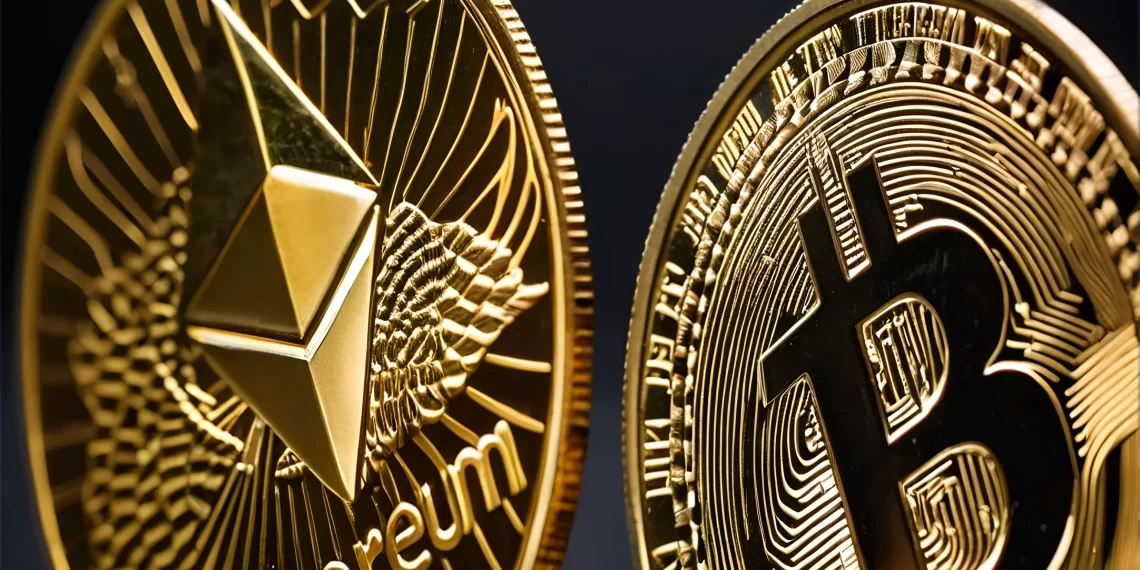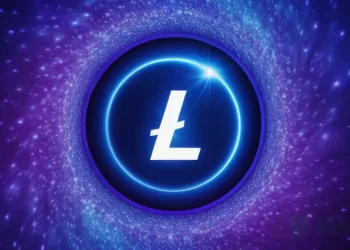The Ethereum’s (ETH) community frequently uses the phrase “ultrasound money” to describe the network’s potential to surpass Bitcoin (BTC) in terms of tokenomics and become a deflationary asset. While some supporters believe this narrative is well-founded, detractors argue that it is exaggerated and based on unrealistic assumptions.
Is the story of Ethereum being an “Ultrasound Money” overblown?
Developer antiprosynthesis. Eth criticized the “ultrasound money” narrative in a post on X, claiming that the term is often accompanied by technicalities that could hide the true nature of Ethereum’s monetary policy. In particular, the analyst thinks the story goes a little “overboard” and contains “a bunch of pseudo-scientific hocus pocus” that could confuse regular users.

They are taking a neutral stance and opposing synthesis. Most significantly, Ethereum’s monetary policy is intended to be sustainable and free from the risky traps of either extreme deflation or hyperinflation. The developer contends that it’s crucial to balance token emissions.
This is accomplished in the case of Ethereum by burning some of the petrol fees. The first innovative contract platform modified its bidding process after EIP-1559 was activated in 2021. This resulted in a system where the network sets a base fee and allows users to “tip” the validator. Some researchers contend that burning the base fee makes the network deflationary or sustainable.
Regarding Bitcoin, the network will keep giving miners new coins until all 21 million BTC have been distributed. That will be more than ten years from now. The Bitcoin protocol has been halving mining rewards to accomplish this. When miners validated a block of transactions in the early days of Bitcoin, they were rewarded with 50 Bitcoins. However, miner rewards per block will drop to 3.125 BTC following the network halving in April.
The Road To Sustainability, With Ethereum Issuing Rates Still Declining
The Ethereum developer contrasts the two strategies and observes that every system has a mechanism to guarantee its tokenomics’ sustainability. The analyst says that the narrative surrounding “ultrasound money,” which some support, might be overblown and, in some cases, an overly optimistic evaluation of ETH’s potential for deflation.
According to the Ultra Sound Money data, as of January 10, Ethereum had destroyed more than 3.9 million ETH since the implementation of EIP-1559. The network issued over 6.9 million during this period.

This demonstrates that Ethereum has been burning more ETH lately and that, like Bitcoin, it is still somewhat prone to inflation. Nevertheless, Ethereum’s issuance rate has been continuously declining because of more token burning than Bitcoin.

























